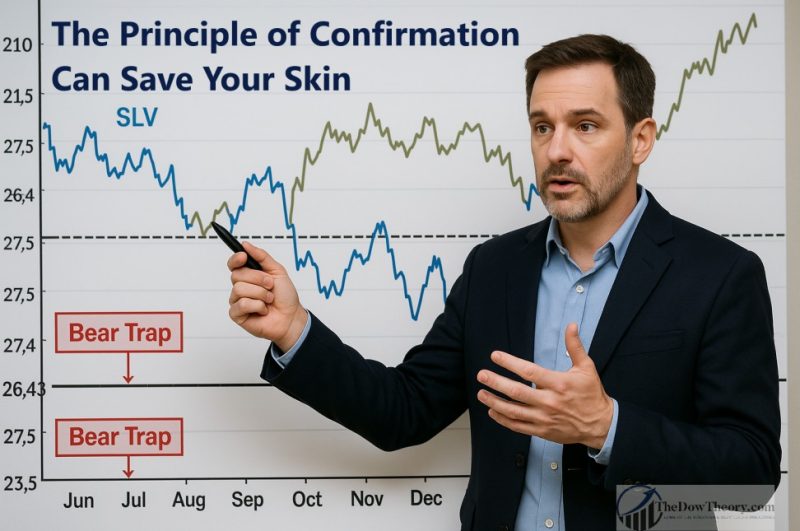Buy and hold versus Schannep’s Dow Theory
An image is worth than thousand words. I have profusely written on this blog about the excellent job Schannep’s Dow Theory does at containing losses.
Well, today I won’t give stats. Just three charts (created by courtesy of TradeStation ®) which are self-revealing.
The first chart is the Dow Industrials from 1/02/1953 to 09/20/2013. It epitomizes the “buy and hold” philosophy. As you can see the drawdowns are hair curling. Would you have survived (both financially and mentally) such drawdowns in real life?
 |
| Industrials: Buy and Hold. Drawdowns destroy the real investor |
The second chart is Schannep’s Dow Theory during the same time period on a non-capitalized basis (each position with same starting capital of 100 K USD). You don’t need to be a market guru to realize that risk (draw downs) are contained.
 |
| Industrials: Schannep’s Dow Theory. Drawdowns contained |
The third chart is Schannep’s Dow Theory on a capitalized basis (which is the closest thing to reality and the proper “apple to apples” comparison with buy and hold). Since the chart is non-log, drawdowns appear larger than they really are, as the compounded profits mount. The chart shows a compounded profit north of 14 million dollars (with a starting capital of 100 K USD) versus the more modest 5.3 millions made through a “buy and hold” approach during the same period with the same starting capital.
 |
| Schannep’s Dow Theory on a compund basis. Profits explode. Drawdowns contained |
I will just give you two pieces of data to highlight the net solidity and outperformance of Schannep’s Dow Theory:
a) Largest loss: -10.45% .
b) Deepest drawdown (caused by largest string of 3 consecutive losing trades): -19%
Now it is up to you dear readers to draw your conclusions.
Have a nice weekend
Sincerely,
The Dow Theorist




